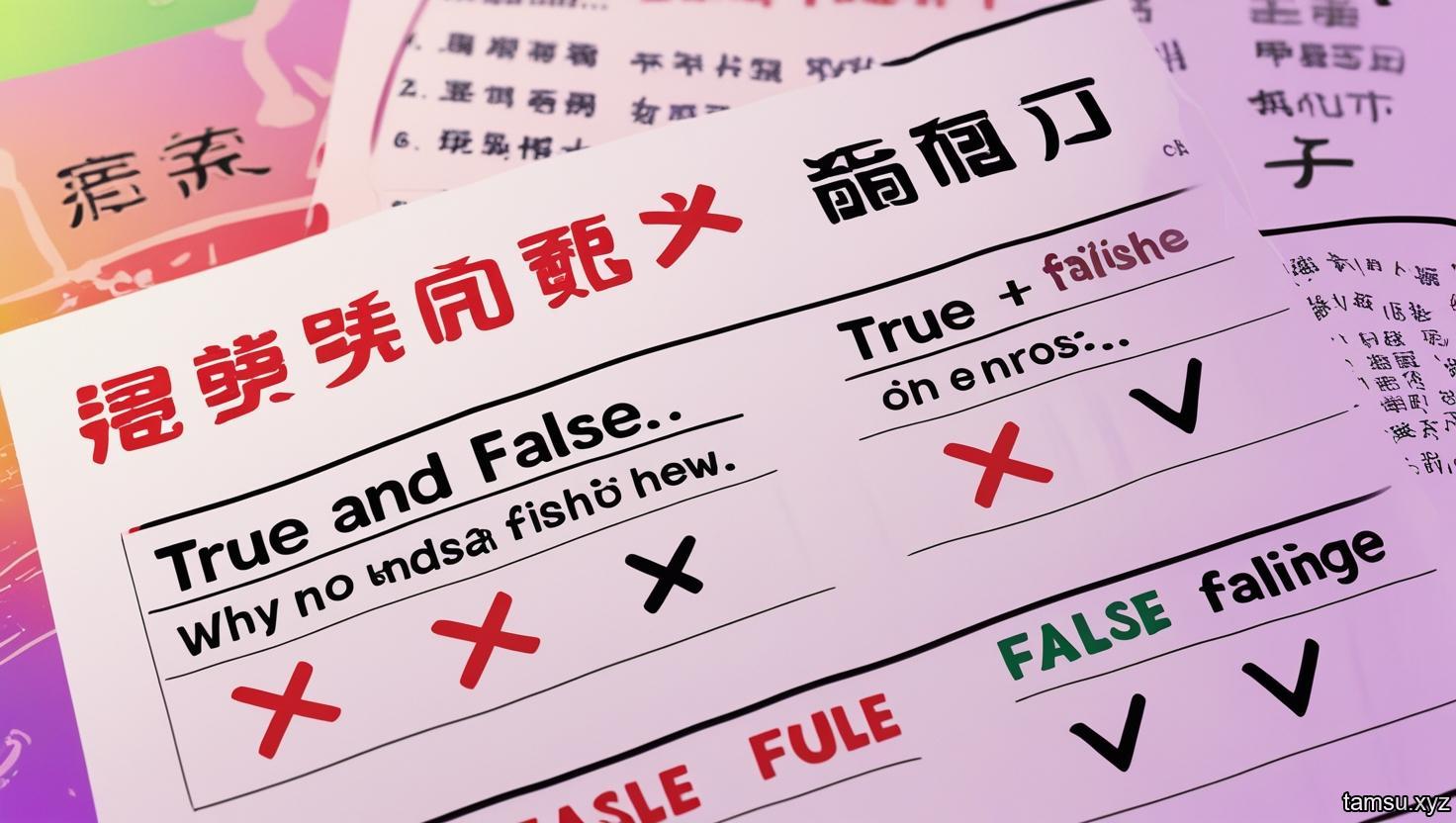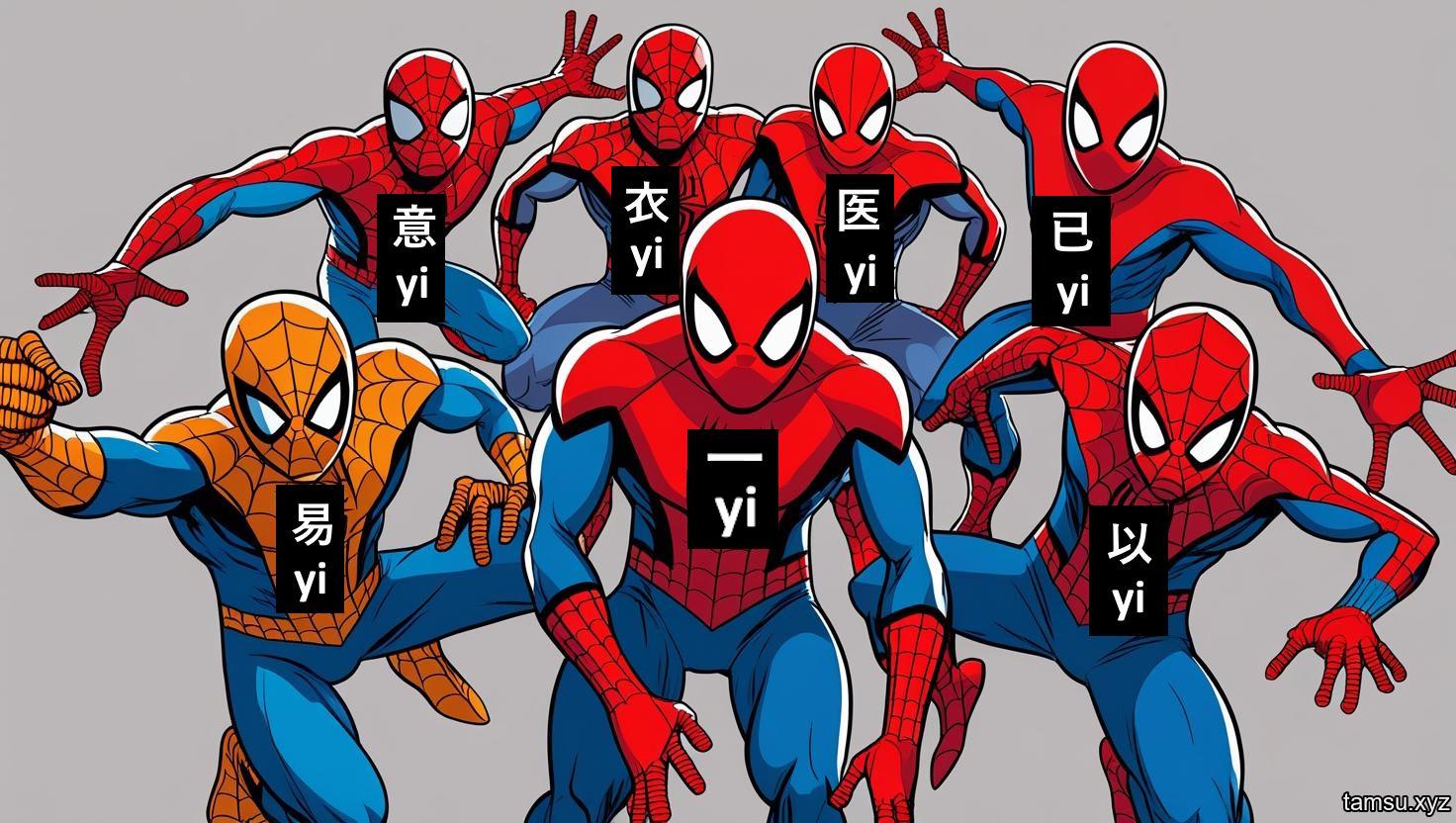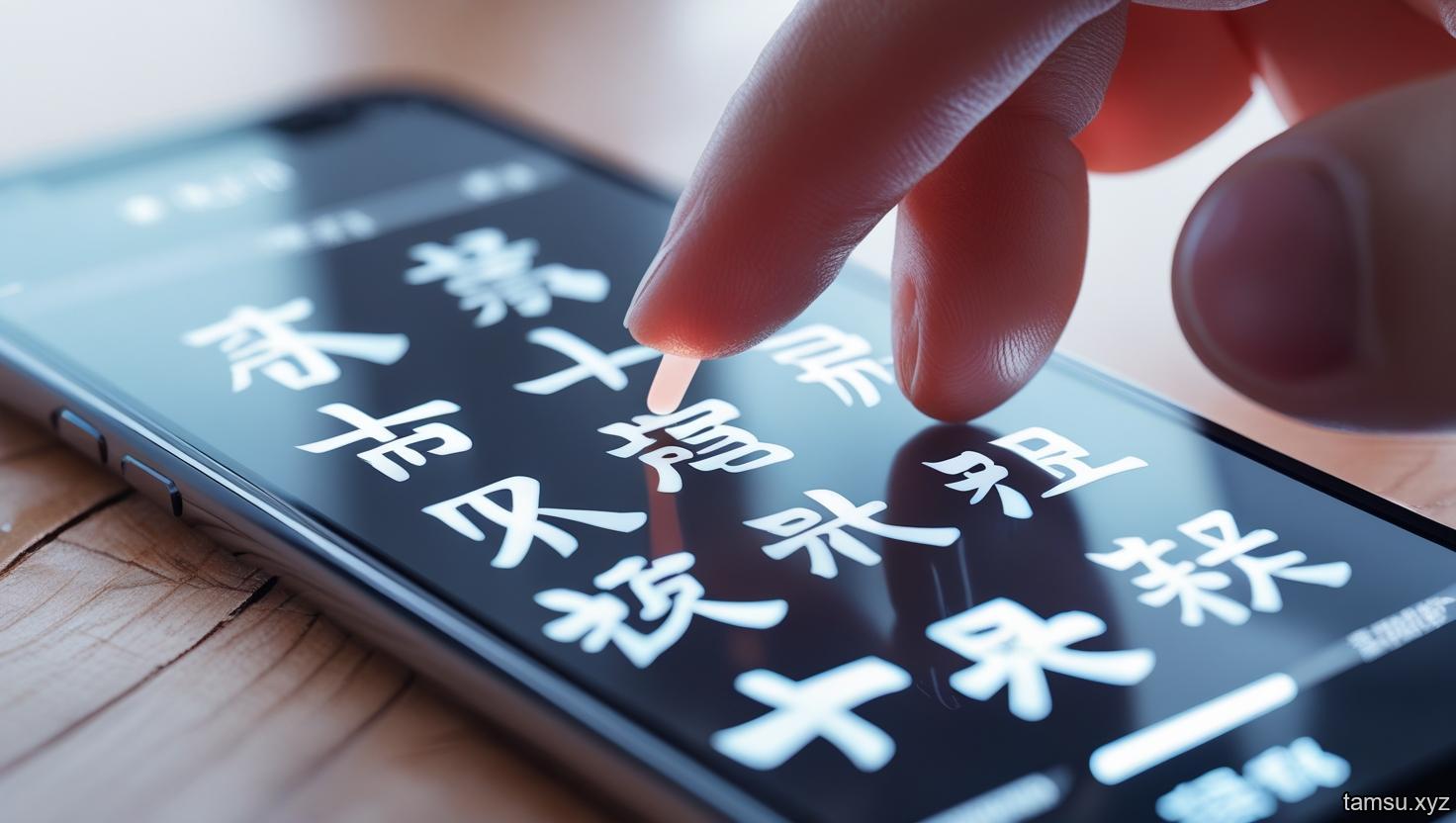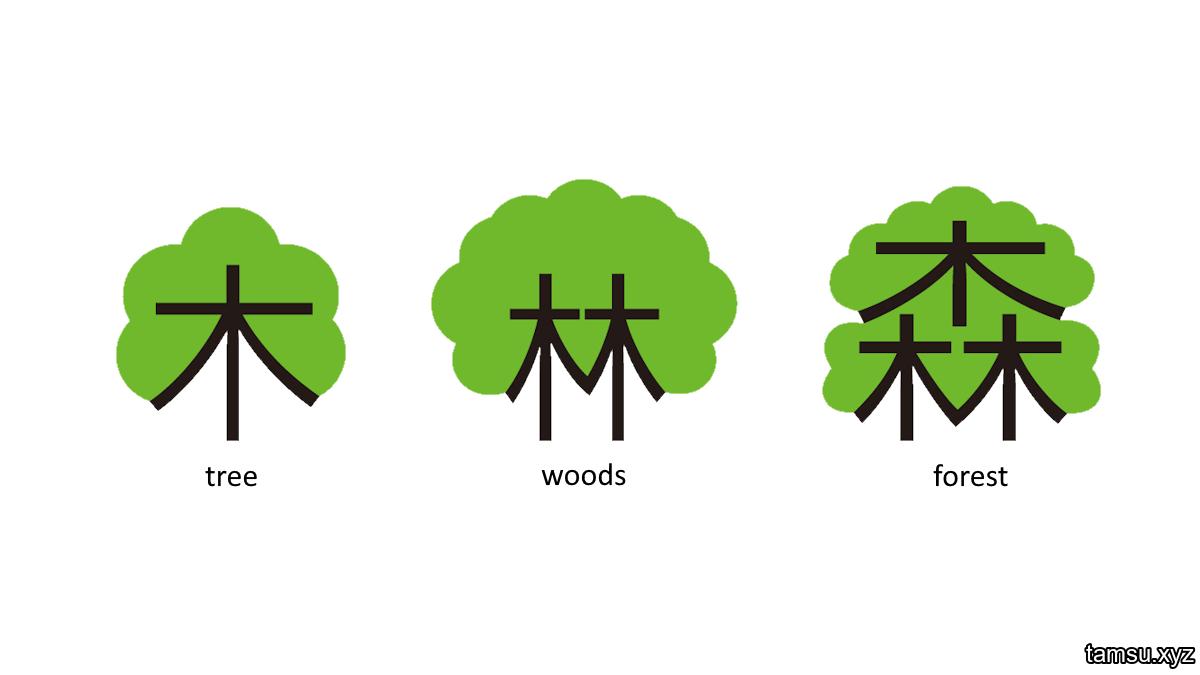📘 Why are mistakes so easy to make when learning Chinese?
Chinese seems simple because it doesn't have tenses or person conjugations. However, learners - especially Vietnamese - often make common mistakes that slow down their learning or misunderstand the meaning. Below are the mistakes you should avoid and how to fix them.
❌ 1. Translate each word into Vietnamese
Mistakes: Think in Vietnamese and then translate each word into Chinese.
Wrong example: I'm not going to work today learn → ✖ 我今天不去上学了了
Correct way: 我今天不去上学。
✅ Tip: Learn according to Chinese sentence order, don't translate each word mechanically.
❌ 2. Skip particles like 了, 着, 过
Incorrect example: 我吃饭 → means "I ate rice" (it's unclear if I ate yet).
Correct example:我吃了饭。– I have eaten rice.
了→ completed action着→ continuous state过→ past experience
✅ Tip: Learn each particle with a specific example.
❌ 3. Using wrong or missing quantifiers (量词)
Chinese always uses quantifiers when talking about quantity:
- ✔ 一个人 – one person
- ✔ 三只狗 – three dogs
- ✔ 五本书 – five books
Common mistakes: *三狗, 五书* (wrong because of missing quantifier).
✅ Tip: Learn nouns with quantifiers.
❌ 4. Mistaking homonyms for different meanings
Chinese has many homonyms (read the same) but different meanings:
- 会 (huì – know/will) ≠ 回 (huí – return)
- 花 (huā – flowers or spend money) ≠ 话 (huà – words)
✅ Tip: Learn vocabulary with Chinese characters – not just pinyin.
❌ 5. Using words in the wrong context (colloquial vs formal)
For example:
- *高兴* is used in spoken language, while *愉快* is more formal.
- *吃饭* (to eat) vs *用餐* (to have a meal – polite).
✅ Tip: Learn the nuances of the word: who is it for? In what situation?
❌ 6. Mispronouncing the tone
For example:
- 买 (mǎi – to buy) ≠ 卖(mải – bán)
- 他 (tā – anh anh), 她 (tā – cô mà), 它 (tā – không)
✅ Tip: Practice listening and speaking right from the start, use an app with standard pronunciation.
❌ 7. Writing the wrong order of Chinese characters
Error: Writing characters from memory or shape without following the stroke rules.
For example: The character "好" must be written 女 first, then 子.
✅ Tip: Practice writing on an app with stroke instructions, follow the writing order.
📌 Conclusion essay
Learning right from the start saves you time and prevents you from forming bad habits. Keep a record of these mistakes, and practice with AI or a Chinese learning app to correct them – step by step you will see noticeable progress!
Have you ever made any of these mistakes? Try writing 3 grammatically correct Chinese sentences today!






